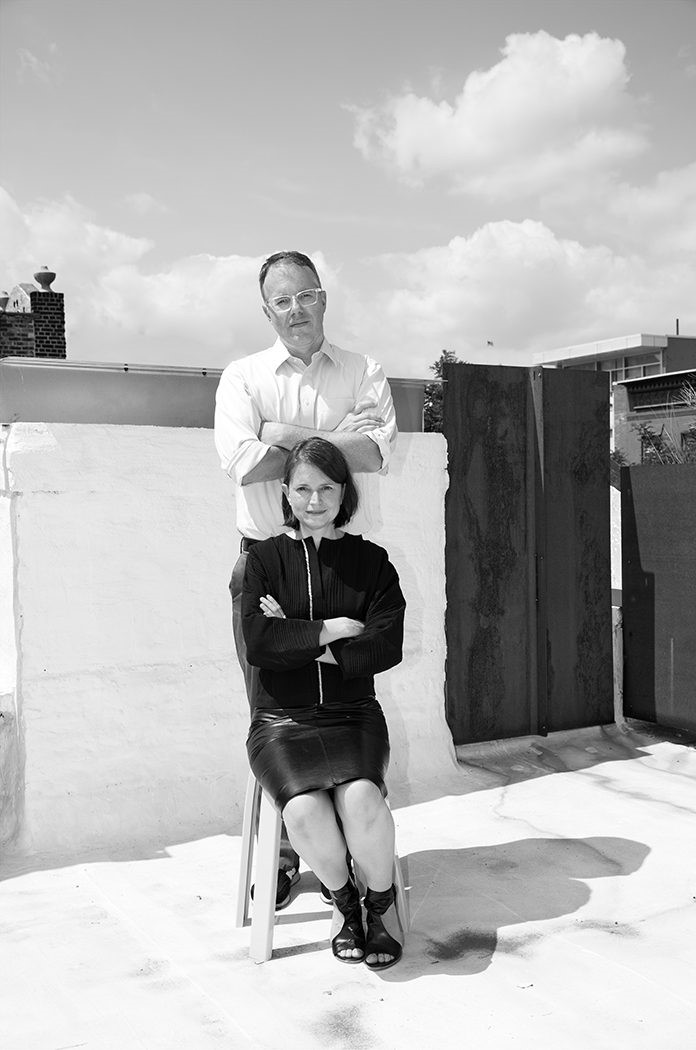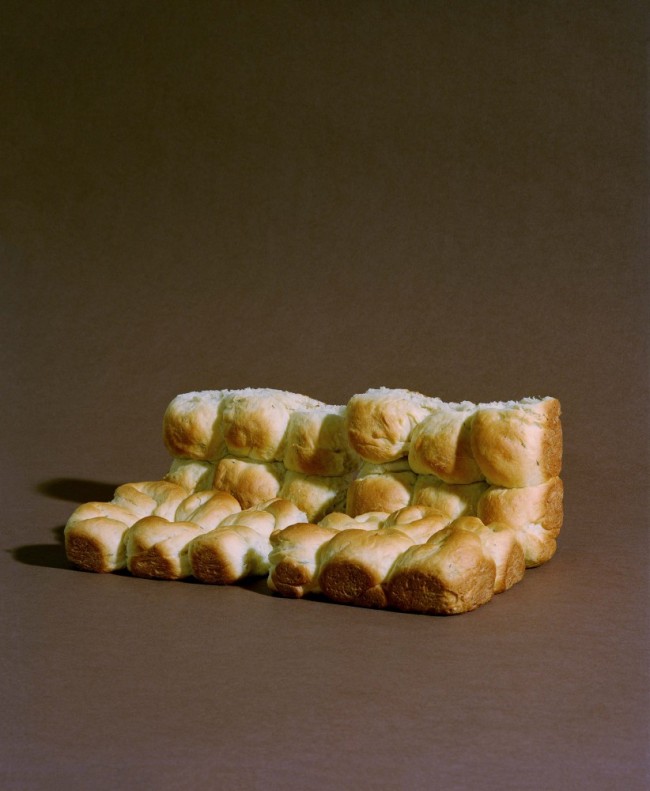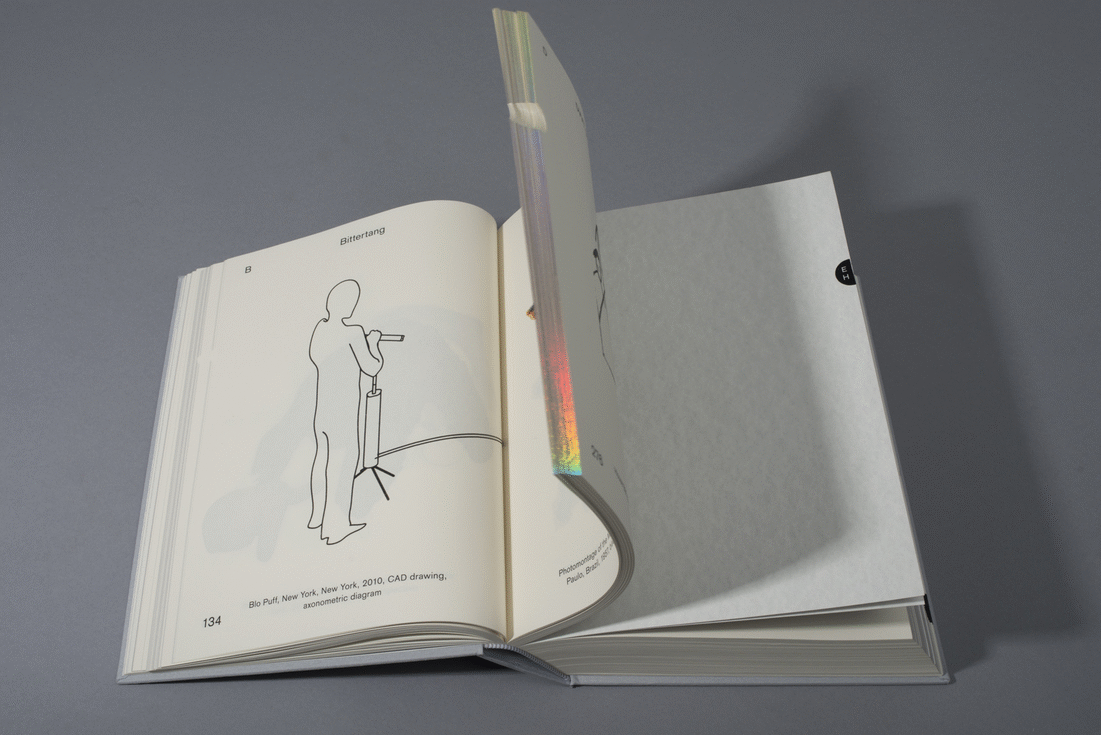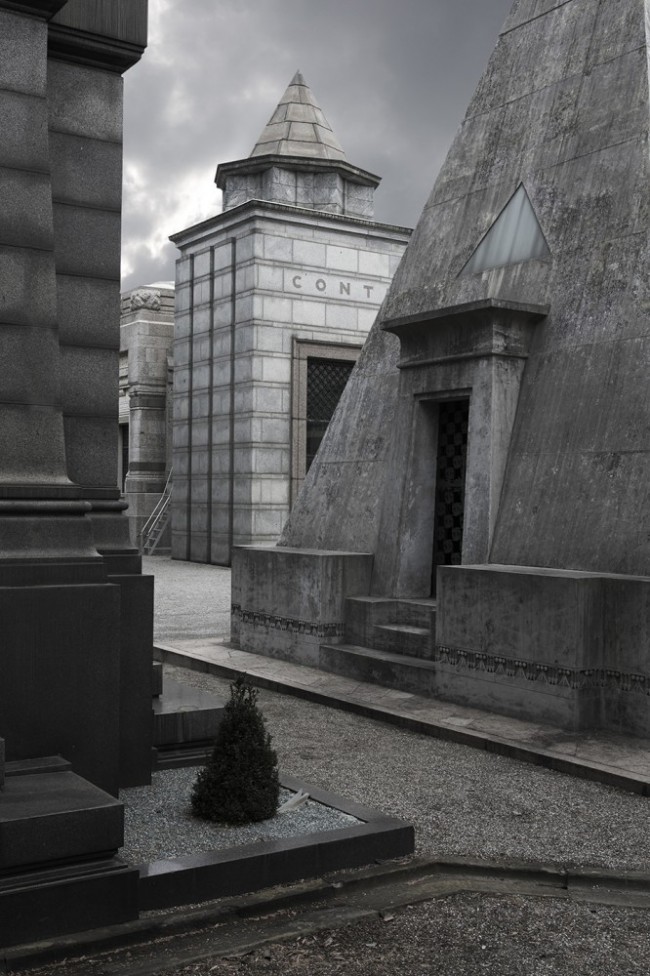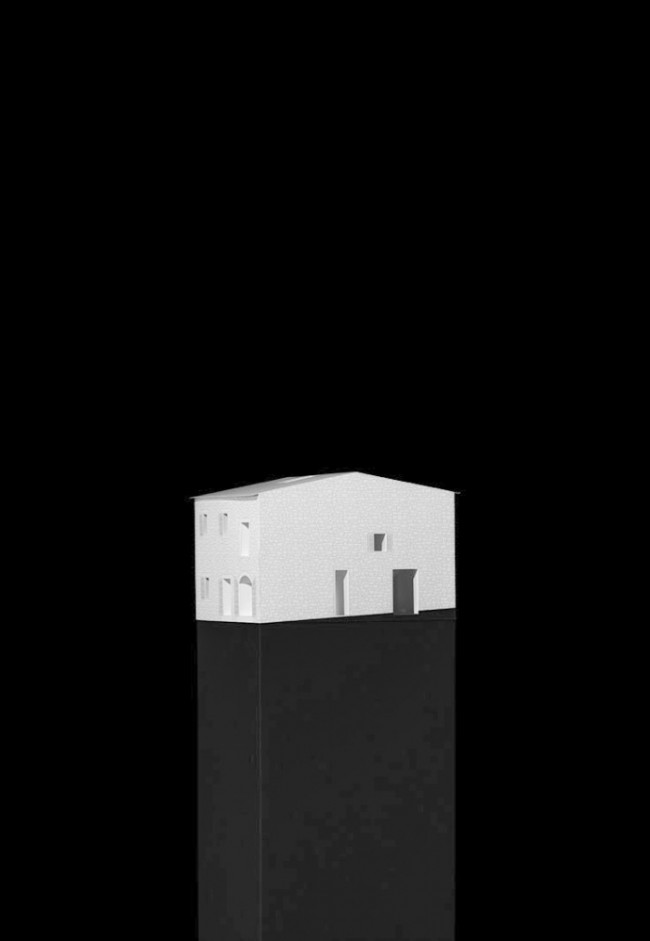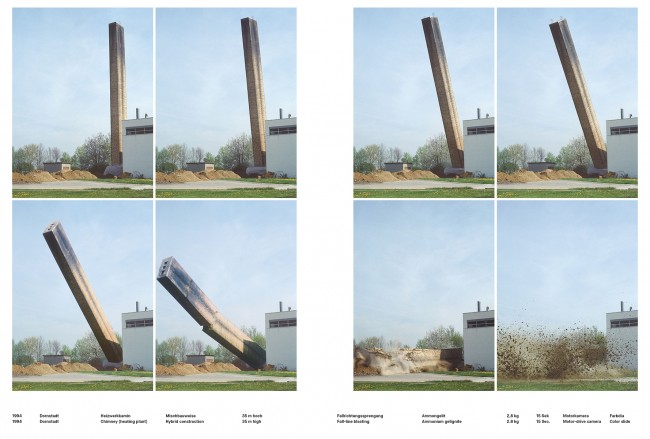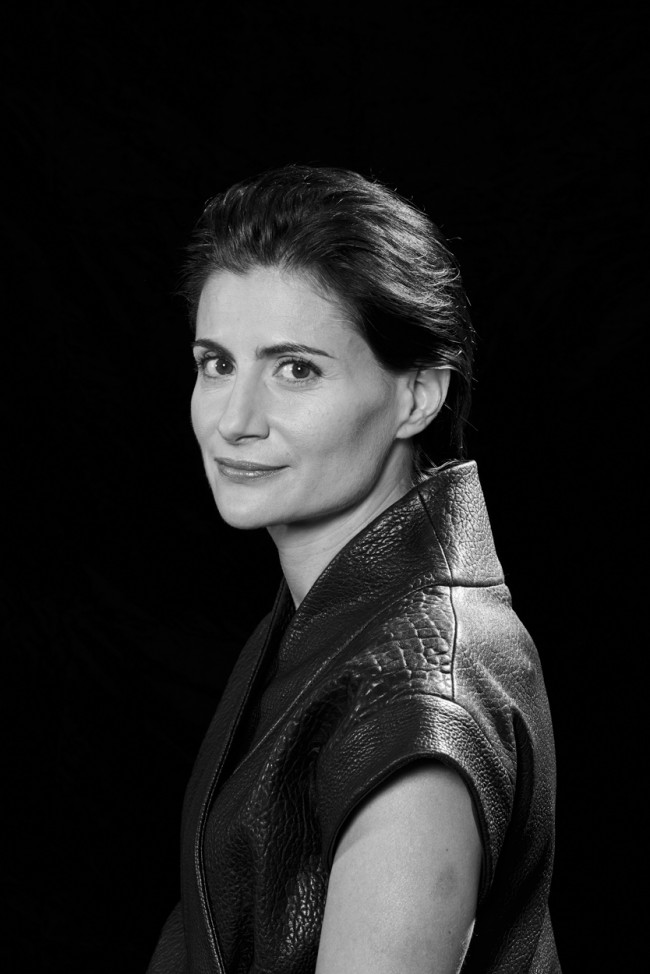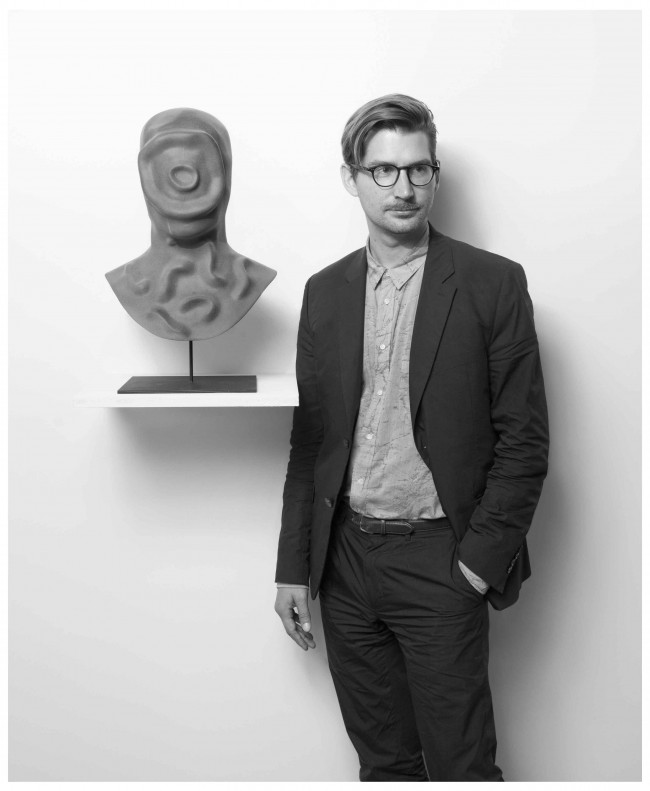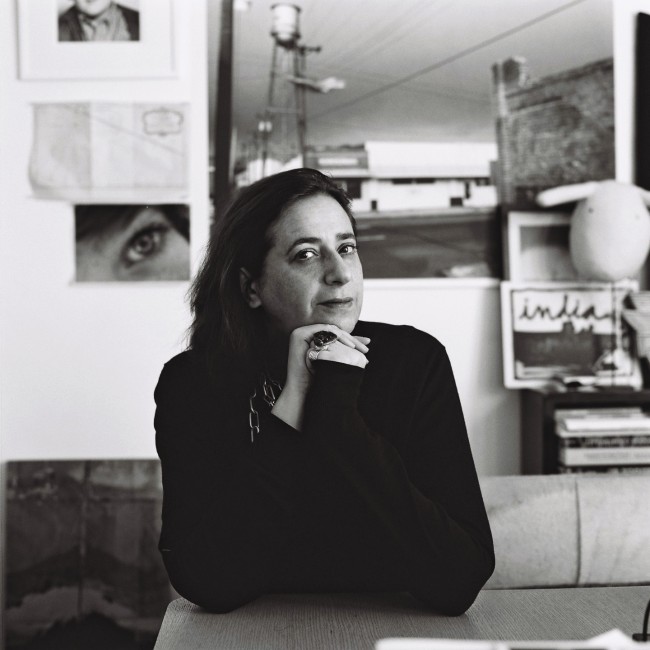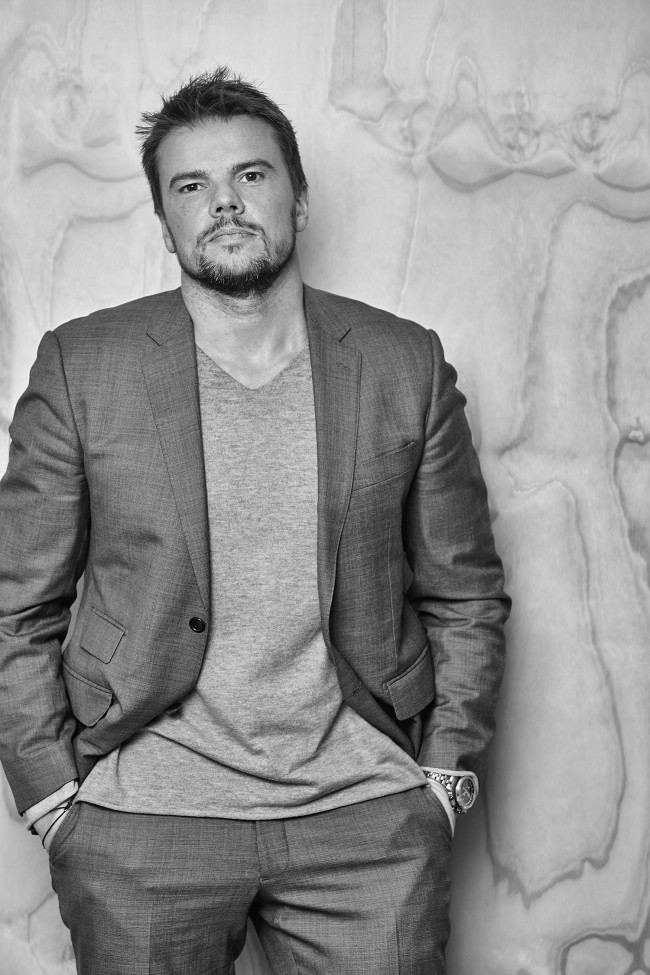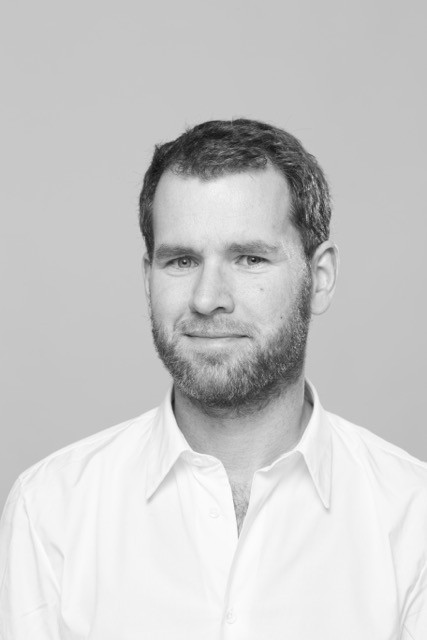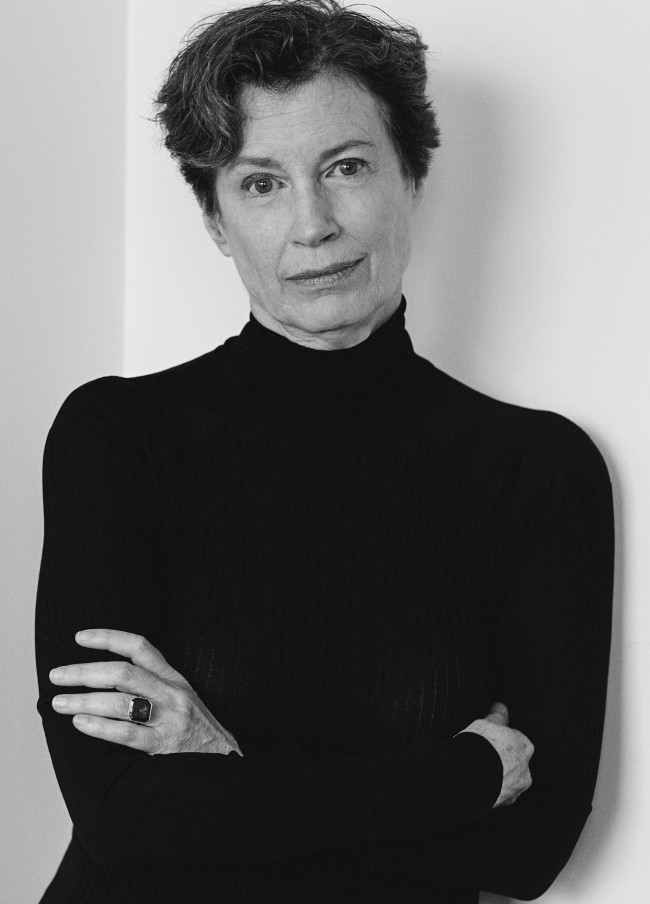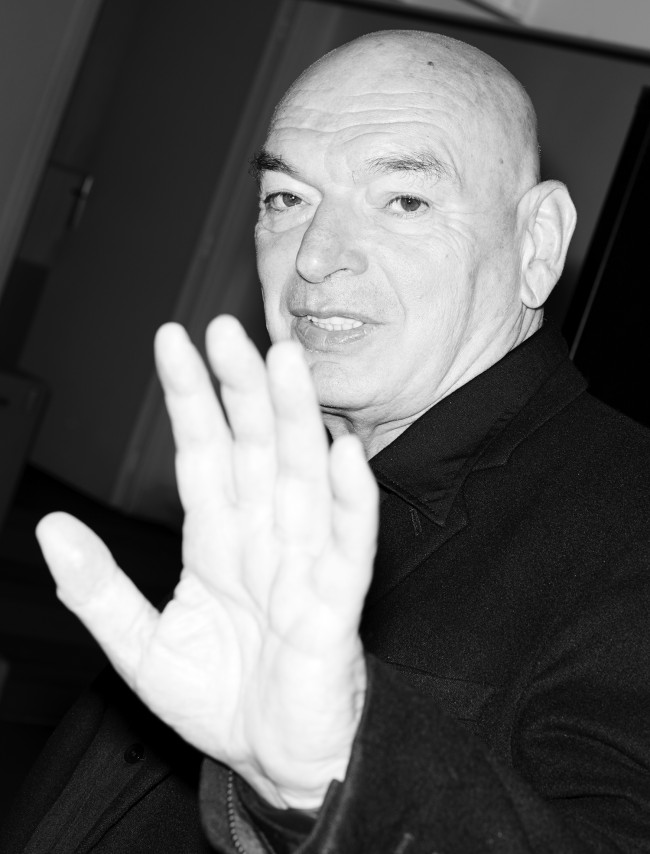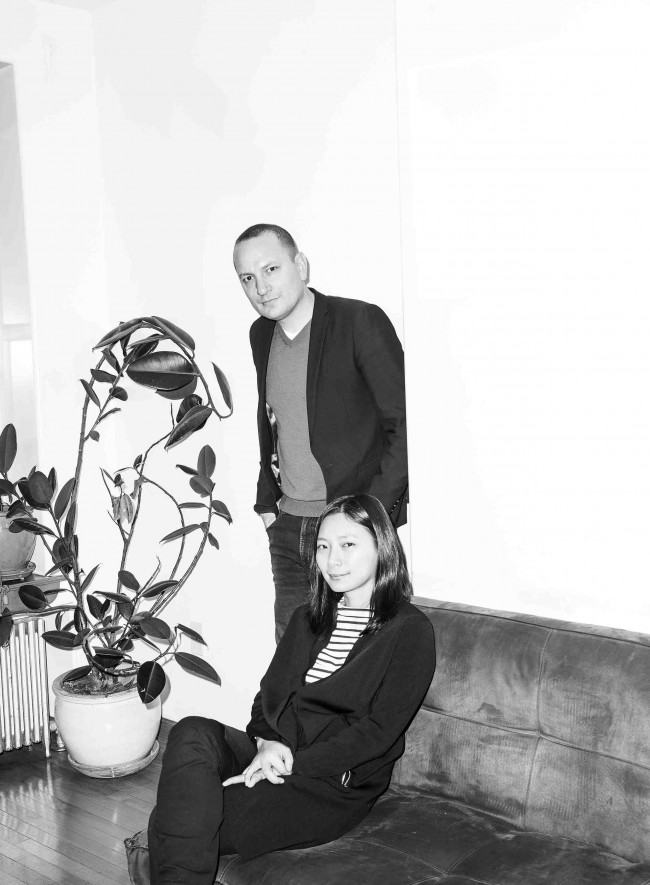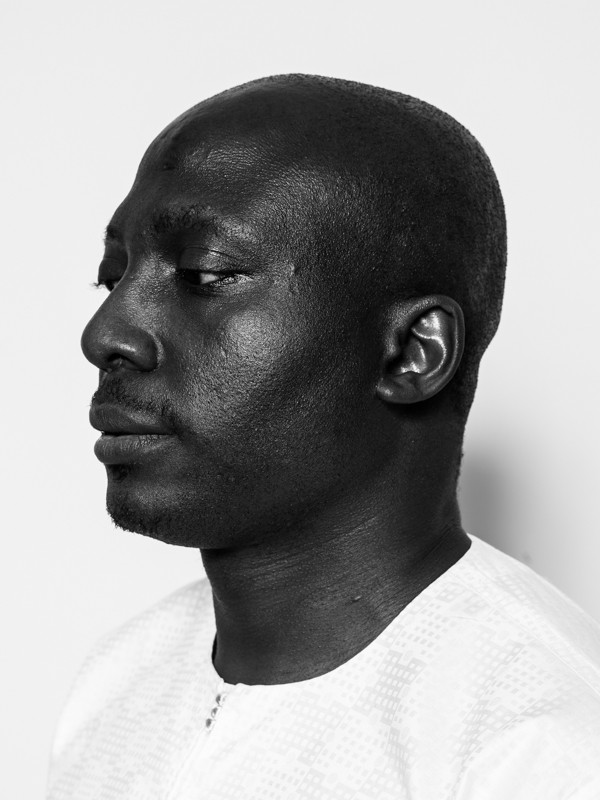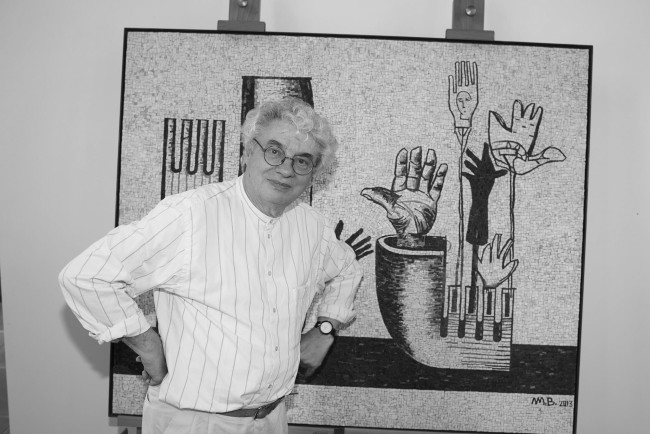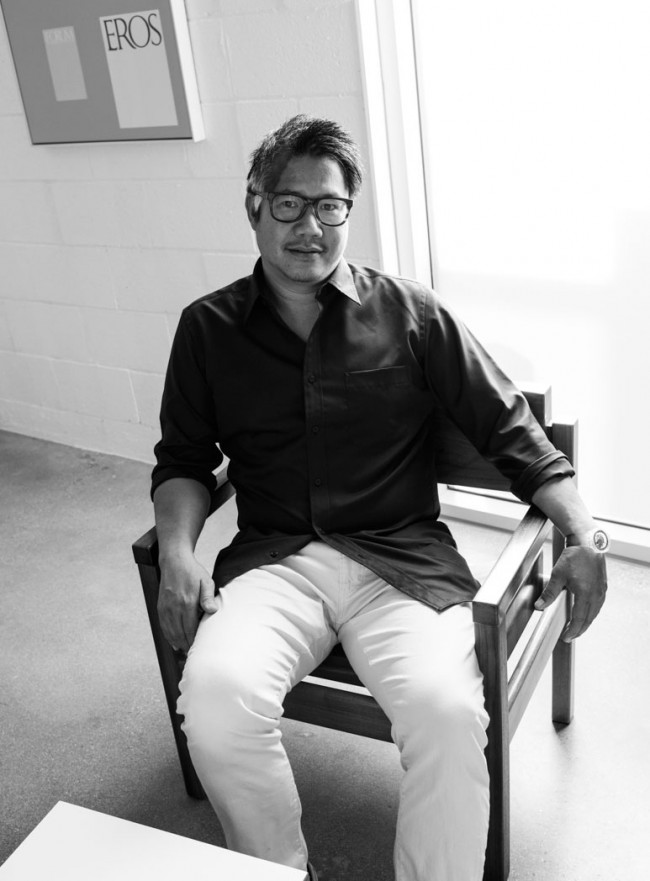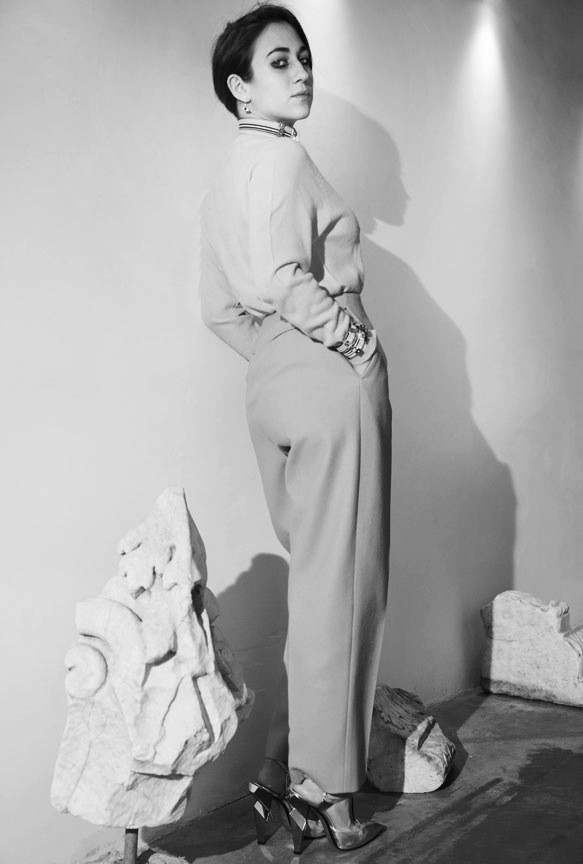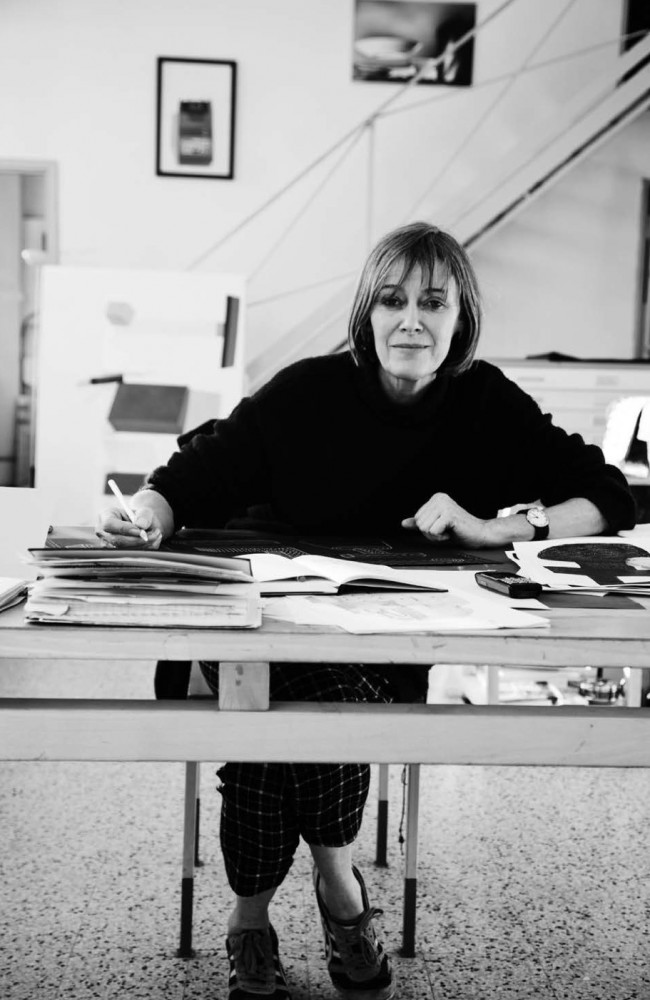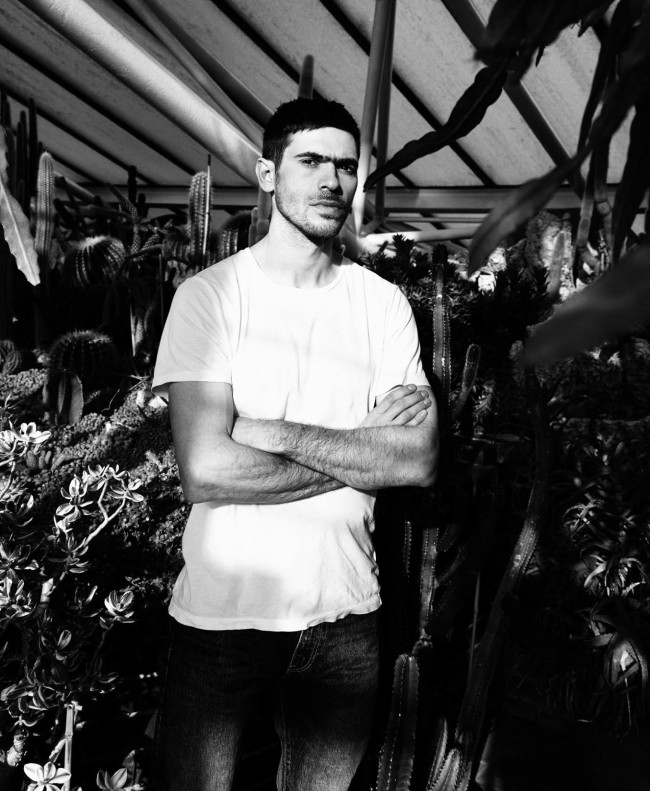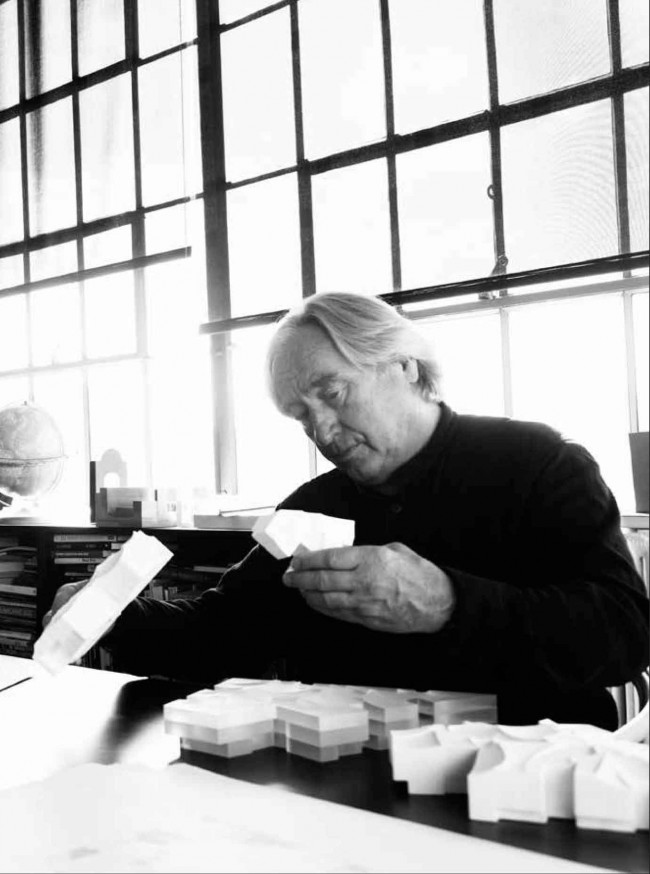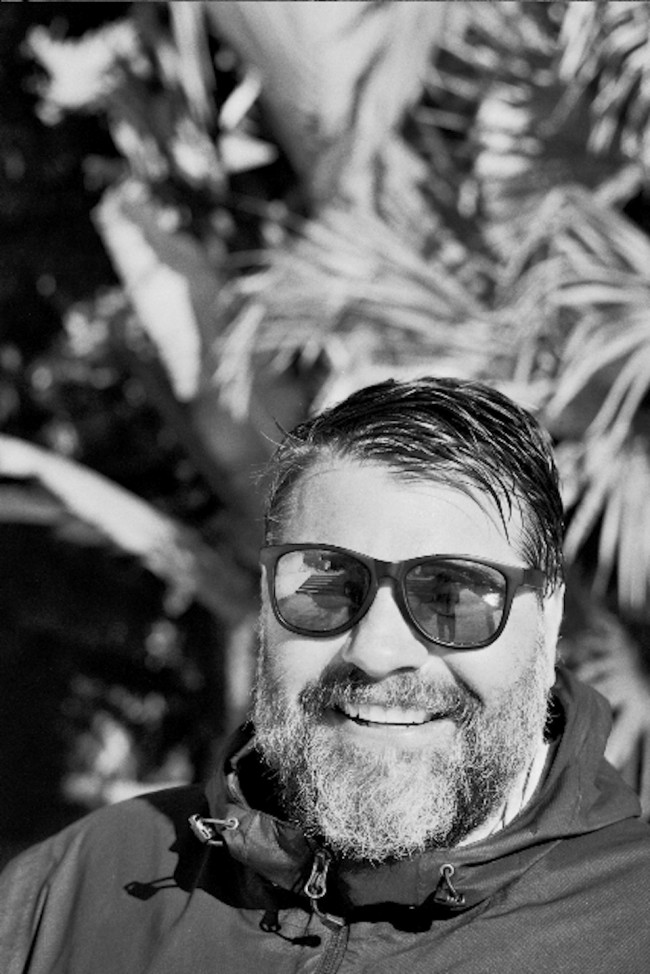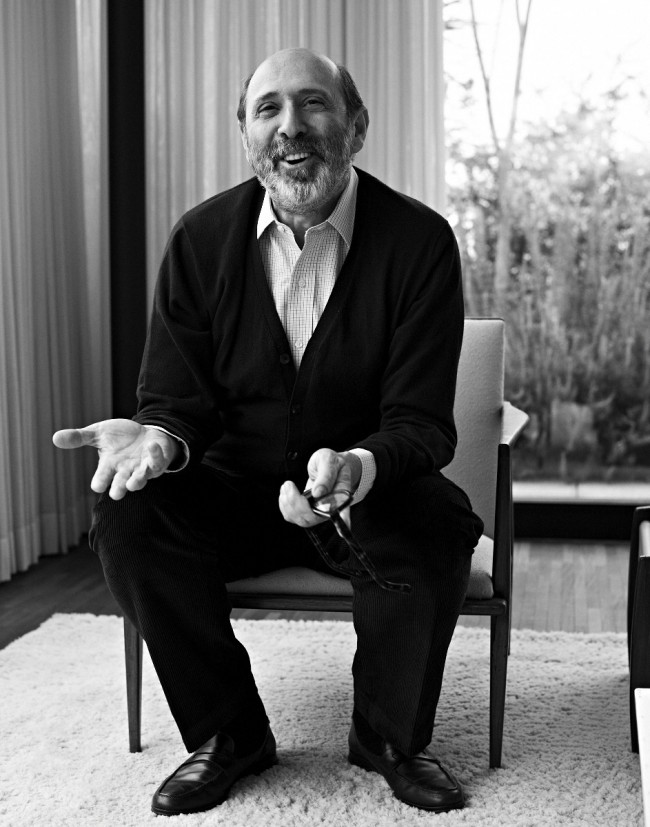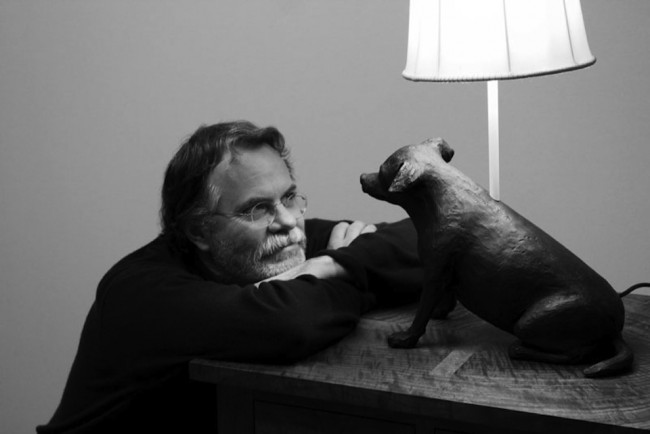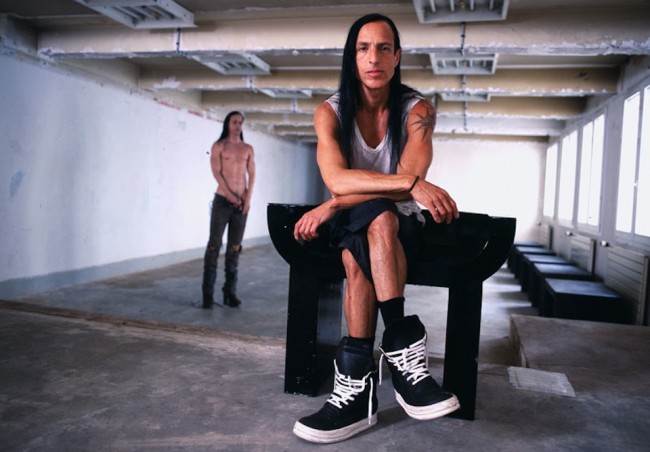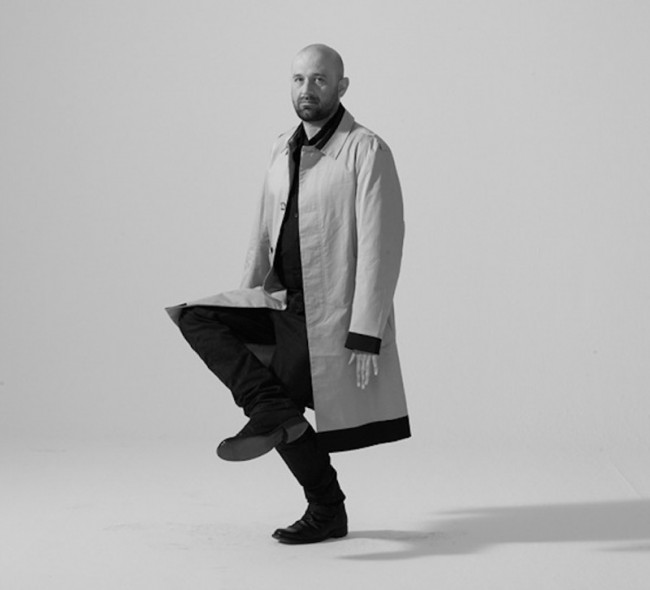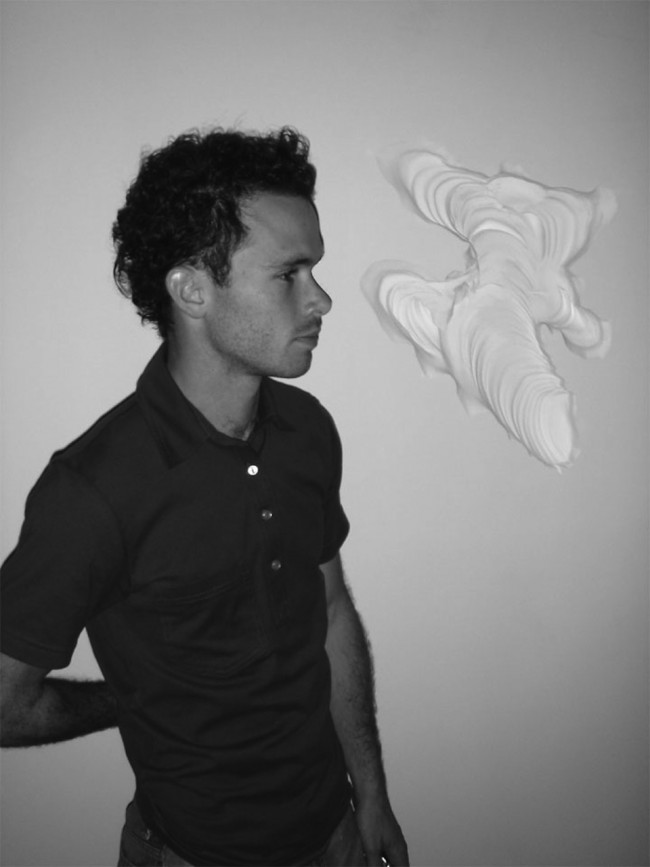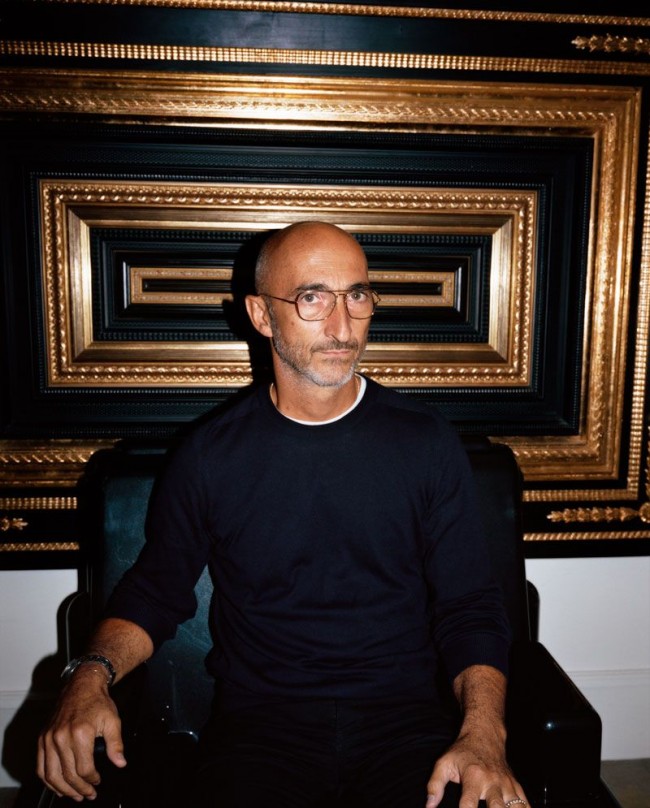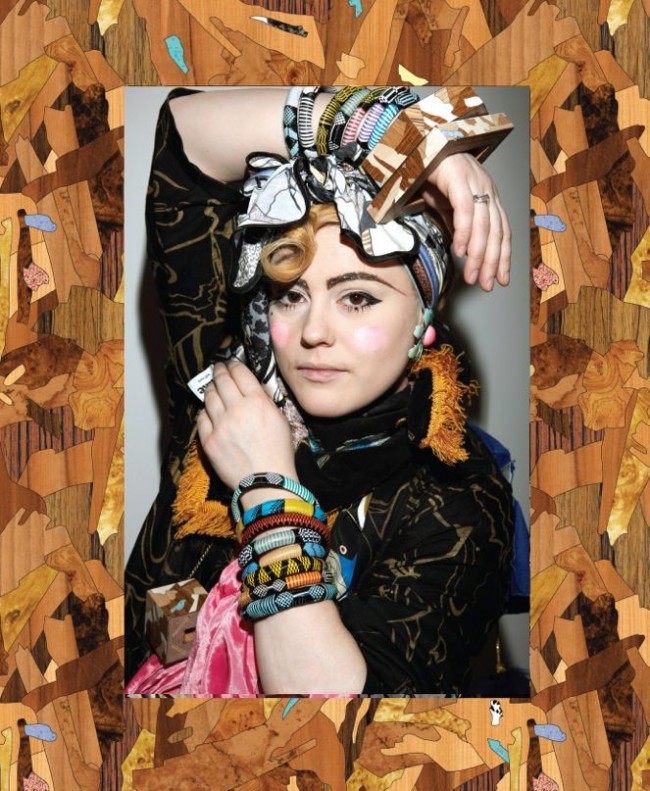THE PIN–UP QUOTE: MOS ARCHITECTS
Architecture has an interesting relationship to objects. It’s like it’s seen as a backdrop to objects and as a kind of object in itself. When we were students, there was a real divide in architecture where, if you were interested in objects, it was somehow seen as anti-conceptual and commercial — too crafty, too humanist. I don’t think that exists anymore. It was Loos versus Hoffmann. We’ve tried to ignore that and find something that could prove it all wrong. We first try to produce a cultural space that is defined by the things we’re doing — the movies, the drawings, the models, the objects, the writing — and then put them all near to each other and create some kind of space that we can inhabit. We tend to approach architecture through the problem of its parts as being objects, like the chimney, windows, doors…elements, almost typological things. And we work up from there, starting with the problem of the repetition of things as opposed to unique one-offs. The digital paradigm really pushed architecture towards complex globs, and we just try to run in the other direction with it. I believe we have to engage technology, I just don’t believe in a kind of progressive, deterministic model. There are different techniques all the time, and it’s always being reinvented. Algorithms or physics is one way — piles, randomness, aggregation — and geometry is another way, or even just ready-mades. But it’s not an objective approach. It’s about the effect of it when you’re looking at it. I’m not so big on the John Cage model where it’s truly random, and you just accept it no matter what. I think you can start random, and then you look at it and tweak it.
Taken from an interview with Stephen Froese in PIN–UP No. 19, Fall Winter 2015/16.
Portrait by Daniel Trese.

